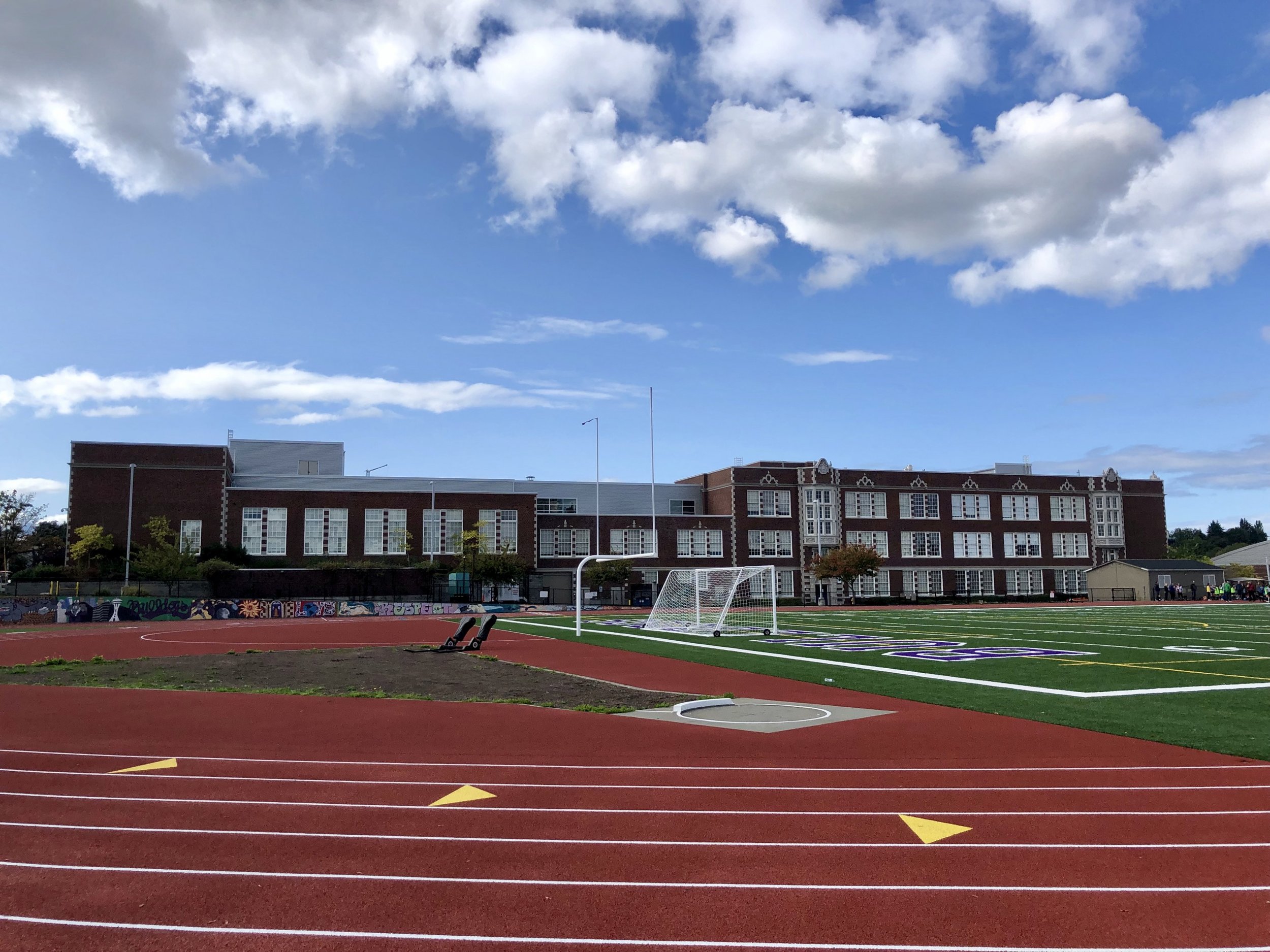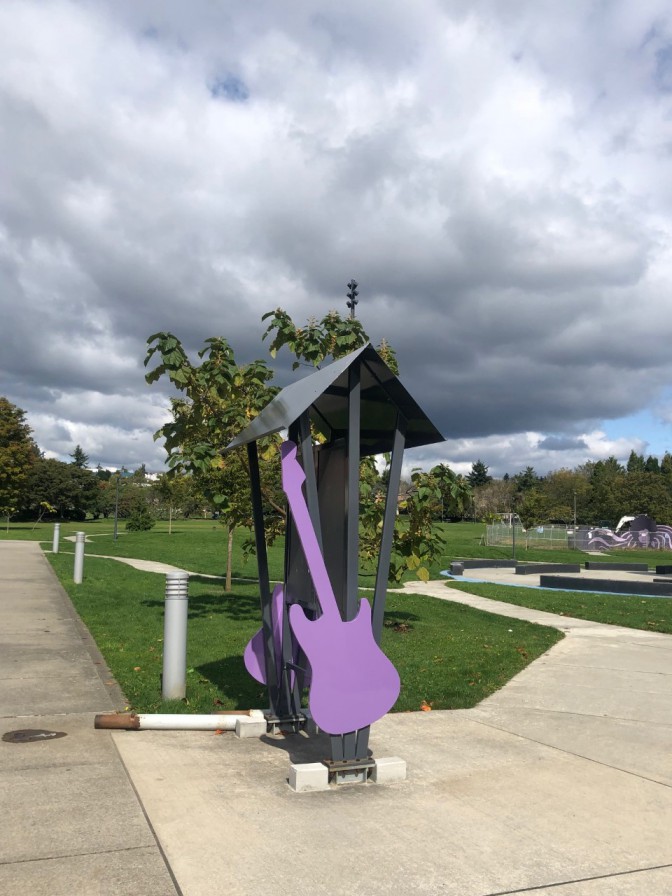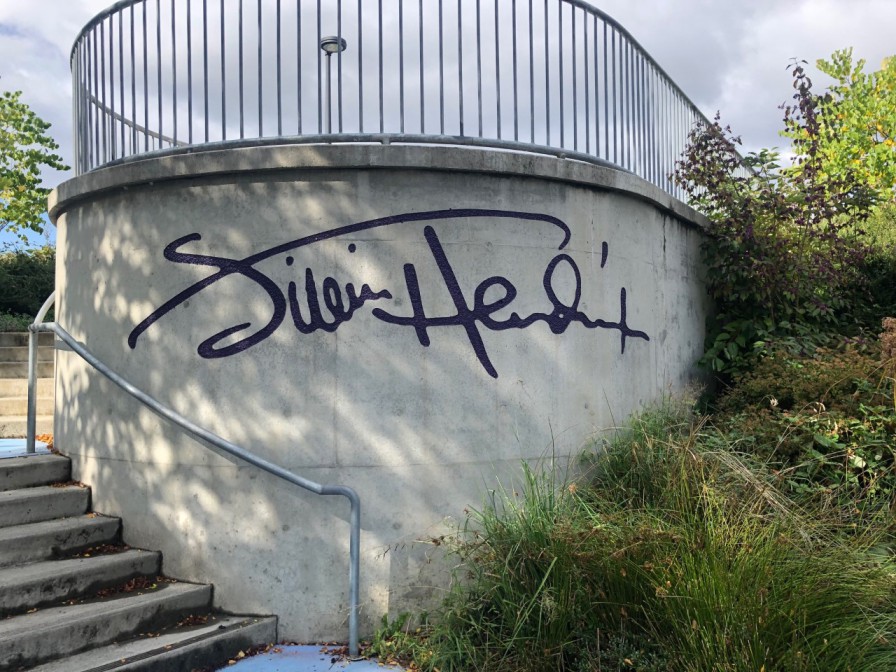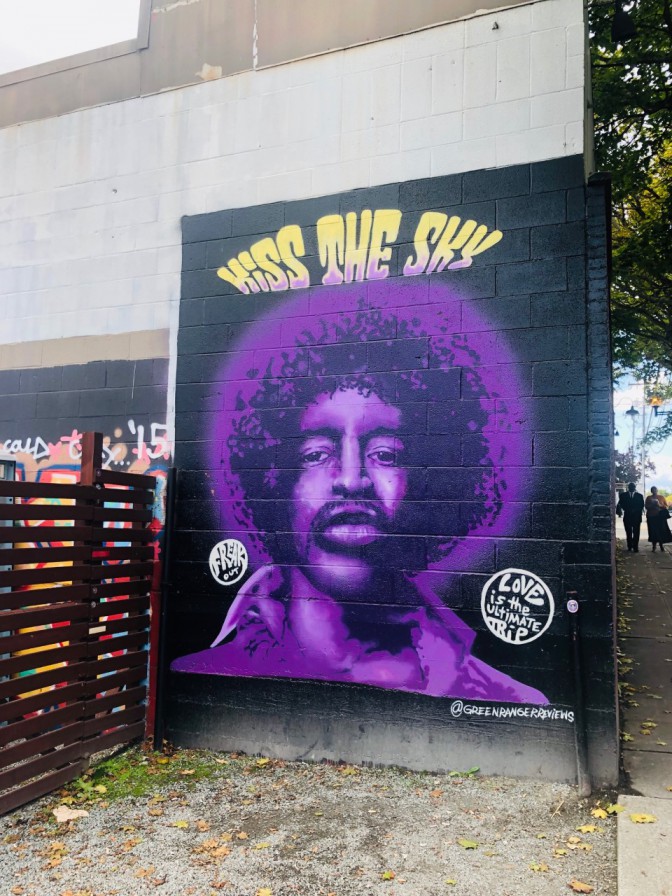A Guide to Jimi Hendrix’s Seattle
Where It All Began
Realizing after I’d recently read Room Full of Mirrors: A Biography of Jimi Hendrix, I was taking for granted how cool it is that I live in the same city where Jimi Hendrix grew up; This is the same town where a young James Marshall Hendrix spent the first 18 years of his life.
The Central District
This small corner of town is where Jimi lived for over half of his short life. He was essentially raised by the neighborhood and just walking around the CD (as the Central District is known) helped me get a sense of one of the world’s most famous rockstars. Jimi was often seen skipping school with his guitar strapped to his back. He cut his teeth on that guitar on these very streets, visiting the homes of people he knew to play and persuading them to teach him.
Jimi’s level of poverty stunned even the poor. Throughout his childhood, he bounced around between cheap hotel rooms and apartments or bunking with various family and friends. Few of the original structures are still standing.
Nightlife
Just around the corner, Jackson Street was a hub for legendary jazz clubs in it’s day. Clubs like the Rocking Chair hosted the likes of Ray Charles and Quincy Jones. Jimi’s mom worked at a speakeasy known as the Bucket of Blood — I toured it recently and was fascinated by the newly uncovered prohibition-era murals. Jimi’s parents, Al and Lucille, were fixtures on the scene, often leaving him and brother Leon to fend for themselves. These days on Jackson Street, you would hardly know. There’s a subtle nod to the street’s jazz roots above a Starbucks.
Jimi’s Education
Another element of Jimi’s transient youth was the plethora of schools he attended from Leschi Elementary, Horace Mann (now called Nova, an alternative high school), Rainier Vista School, Meany Middle School, and Garfield High School. His grades weren’t great, but his only F was in music. He never graduated high school, but continued to hang around and bum hamburgers from a stand across the street. Quincy Jones, Bruce Lee, and Macklemore also attended Garfield High.
The Music
Jimi left Seattle for the army facing a jail sentence and returned 7 years later as a superstar. He played 4 shows in his hometown, two of them at Seattle Center Coliseum, now Key Arena. The Space Needle and Monorail had both gone up during his time away. His final Seattle show took place at Sick’s Stadium, now a Lowe’s hardware store. He always dedicated local shows to the kids at Garfield High.
What’s Left
Myer’s Music is where Jimi bought his first electric guitar. The shop closed in 1984. There was a mural and a plaque on this site until 1999 when the plaque was removed and the mural painted over.
The King County courthouse is where Al and Lucille were married in 1942. It’s also where they surrendered 4 of their children to the state and ultimately divorced. In more recent years, the courthouse was the site of lengthy family battles over the Hendrix estate.
Jimi was born at Harborview Hospital in 1942. His mother died here in 1958.
Jimi played his first (free) gig at Temple De Hirsch Sinai in the synagog’s basement.
A cheap date, Leschi Park is where a teenage Jimi would take girlfriends on walks.
On October 1, 1970, Jimi’s funeral was held at Dunlap Baptist Church. The church remains unchanged but is now called Methane-Alem Evangelical Church.
Jimi, his father, and mother are buried 15 miles south of Seattle in Renton’s Greenwood Memorial Park. Jimi hadn’t spent much time, if any, in Renton but the plot was procured at a more attractive rate than could be found in Seattle proper. In the early 2000’s the graves of Jimi and Al were moved within the cemetery to a massive new granite monument. The monument’s artwork features a right-handed guitarist, an oversight as Jimi was a leftie. His mother’s grave remains in its original location on the other side of the cemetery.
Seattle Today
At one point, Jimi was under the impression that he would be receiving a key to the city, but he never did. Garfield High considered giving him an honorary degree, but this also never happened. It’s unfortunate that he couldn’t enjoy his honors and tributes, most of which came long after his death.
Where To Visit
Microsoft co-founder (and damn fine guitarist) Paul Allen opened the Experience Music Project in 2000. The museum is currently called MoPOP and, along with other music and pop culture exhibits, contains the world’s largest collection of Hendrix memorabilia. Check out Jimi’s guitars, clothing, diary, handwritten lyrics, and more. Fun fact: Paul Allen once loaned Jimi’s dad over $4 million to acquire the copyrights to Jimi’s music.
In the ‘80s a controversial memorial was placed at the Woodland Park Zoo. It’s a heated rock with a plaque by the African Savannah exhibit. Poorly maintained, you can’t really read the plaque anymore and the rock’s heater doesn’t work. Read more here.
Jimi Hendrix Park is in the heart of the CD. The park features a timeline of Jimi’s life, butterfly garden, and will soon have a “shadow wave wall” (whatever that is). It’s two and a half serene acres and just blocks from where he spent his childhood.
Kneeling along the sidewalk on Broadway near Pike is a statue that was unveiled in 1997.
In the library of Garfield High, there’s a bronze bust of Jimi. Grab a pass from the office during school hours and you’re free to check it out.
We miss you, Jimi
Having spent the better part of a week driving around the city in search of Jimi, I found that scant has stood the test of time. It’s frustrating that his most significant childhood home was demolished, that the Spanish Castle Ballroom, immortalized in his song “Spanish Castle Magic,” is now a Walgreen’s, and Birdland, a club where he played early gigs is a Safeway. But whether it be the mural on the side of the Two Big Blondes consignment shop, or paintings adorning the walls of the Capital Grille and the Palladian Hotel, he’s here if you really look for him.























